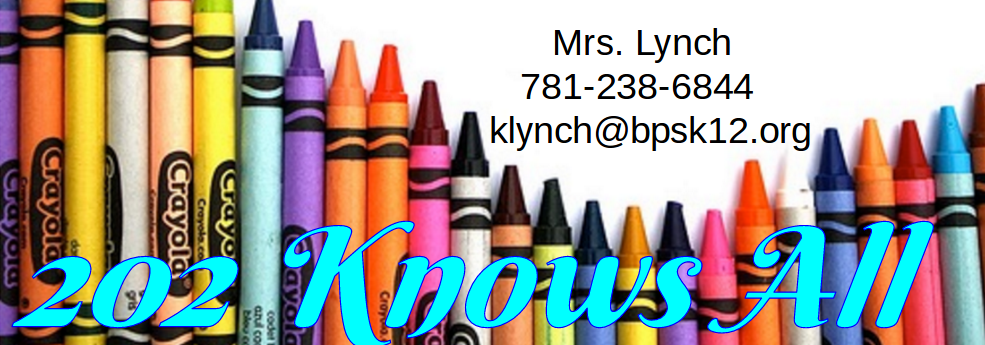Hmm! What other expenses are there?
This week's addition to the budget project included finding an affordable car and calculating out payments using 3% as a car loan rate and a period of 5 years or 60 months to pay it off. Thanks to those car loan calculators we were successfully in business.
 The children used newspapers and websites to determine the monthly loan payment for the car they would be driving. Some even got to start the process of trying to calculate car insurance. Many others continued their weekly grocery shopping list.
The children used newspapers and websites to determine the monthly loan payment for the car they would be driving. Some even got to start the process of trying to calculate car insurance. Many others continued their weekly grocery shopping list. 

They should all be experts when it comes time to find an apartment, house or condominium as a home.
As the project is growing, the ideas are exploding. In the end, I hope for the children to have their own ideas of what a budget is and why one is needed to afford life. This is one of the most basic ways we use math but a challenge as an everyday task. In the future, I foresee students looking at budget links for any missing expenses and a spreadsheet being created to show that they can afford the lifestyle they want.
I want to congratulate my class on opening up to some students who just joined the class and sharing their projects so they can start we left off rather than starting from the beginning. Google Drive has given us a great opportunity to work share, problem solve and grow as learners. And let me tell you, we are all growing as learners.



































